Operation Varsity – also known as The Crossing of The Rhine – took place on the 24th of March 1945. Although the airborne component of Operation Market-Garden involved more troops and drops, Varsity was the largest airborne operation of WWII that took place in one location and on a single day. Like the airborne invasion of southern France in August 1944 (Operation Dragoon), Varsity gets nowhere near the same level of attention as D-Day or Market-Garden.
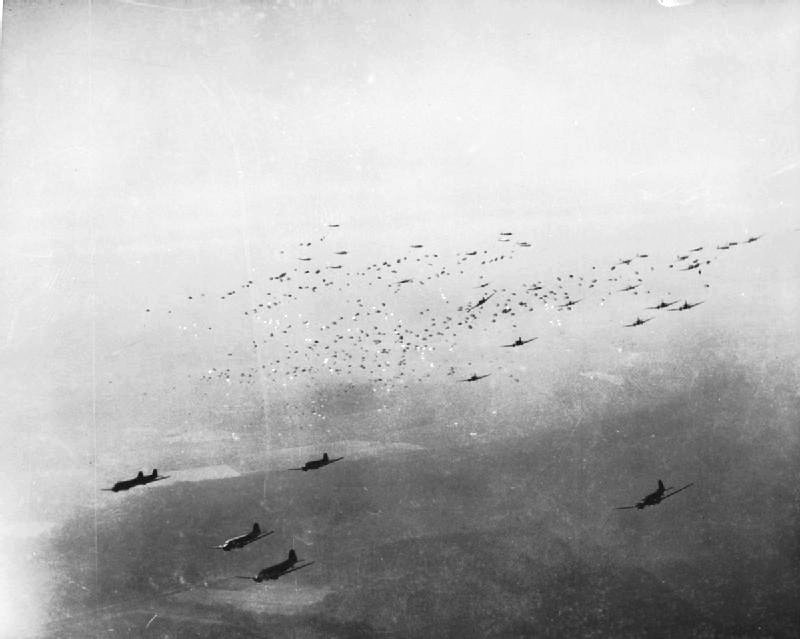
US Army Signal Corps photograph, from the collections of the Imperial War Museum.
Operation Varsity was a component of the larger overall push across the Rhine known as Operation Plunder. Plunder was an Anglo-American-Canadian operation under the command Field Marshal Bernard Montgomery that would get the Allied armies across the Rhine River and into northern Germany. The airborne forces would land on the east bank of the Rhine and secure and defend the area while the ground forces conducted an amphibious assault across the river. Over 16,000 paratroopers and thousands of aircraft – several thousand more airborne troops were air-landed by glider. Taking several lessons from the failure of Operation Market-Garden to secure the Arnhem bridge over the Rhine, the Varsity airborne forces would not be inserted several hours before the ground assault, they would be dropped in one single lift, and they would also be dropped only a few miles in advance of the ground forces.
The original plan for Varsity involved three airborne divisions, the US 13th and 17th Airborne Divisions and the British 6th Airborne Division (which included 1 Canadian Parachute Battalion). The British and Canadian units had participated in the Normandy invasion and fought as ground troops throughout the following campaigns through France and the Low Countries. The US 17th Airborne Division had seen combat during the Battle of the Bulge, but had never conducted a combat parachute assault, and the US 13th Airborne Division had seen no action at all – as it had only recently arrived in theatre. In the end, the 13th Airborne Division was left out of the assault as there was an insufficient number of transport planes to lift all three divisions simultaneously.
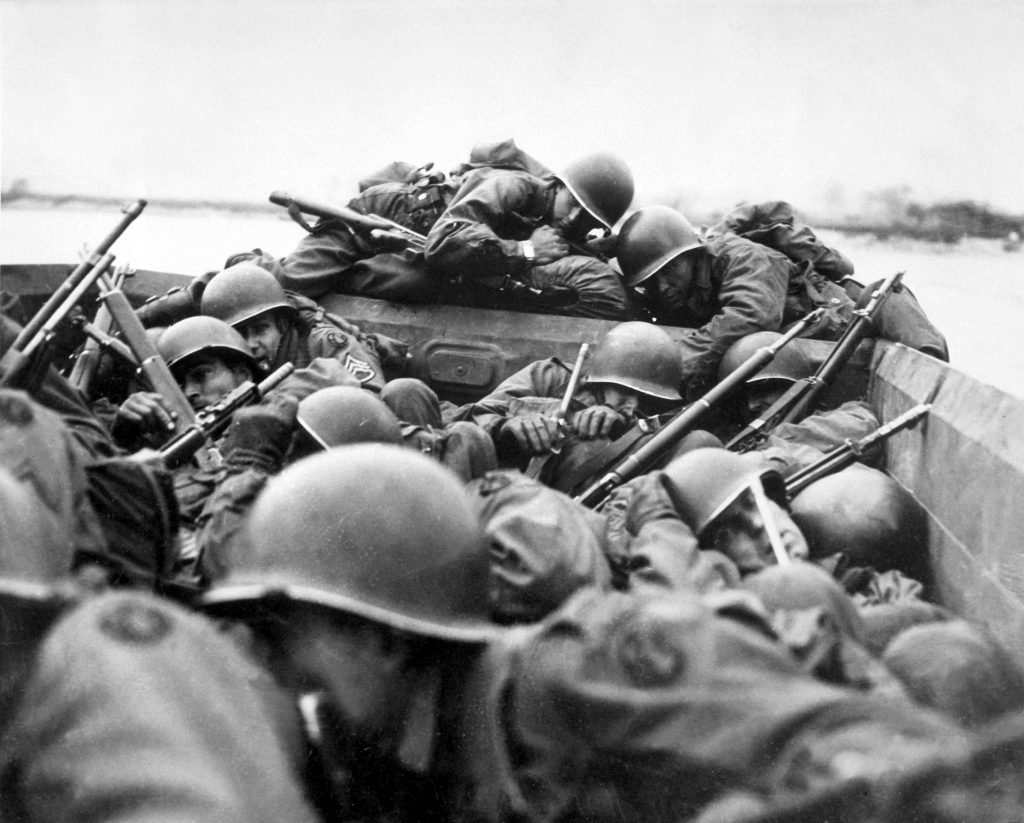
Operation Plunder launched at 9pm on the 23rd of March involved the use of pontoon bridges erected by combat engineers and amphibious assault craft. In the very early hours of the 24th of March the airborne forces made ready to play their part in the battle, and at 10am on the morning of the 24th the first paratroopers of the US 17th and British 6th Airborne Divisions touched down on German soil.
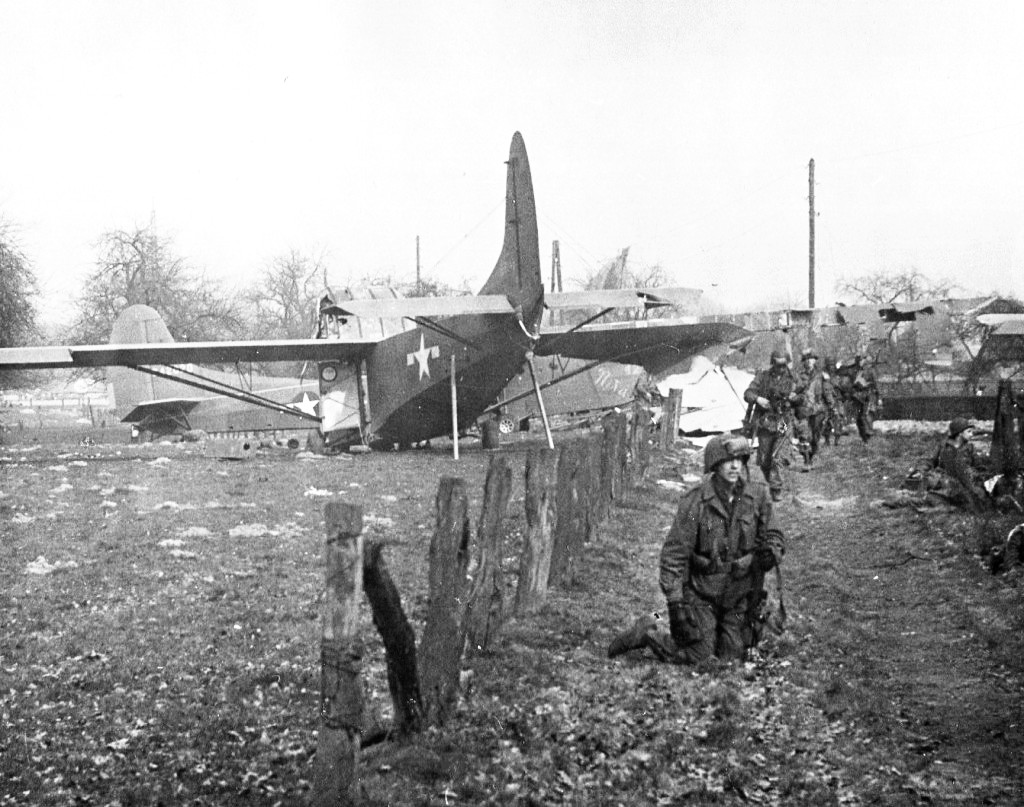
Dropping in daylight exposed the airborne forces to the full force of fire that the enemy could focus on them and they took heavy casualties in getting clear of their drop zones. Nonetheless they fought through, and by the mid-afternoon of the 24th both Airborne Divisions had successfully captured and held all of their objectives. By nightfall on the 24th, the first armored forces had crossed the river and linked up with the airborne troops, and by the 27th March, the Allies had constructed twelve bridges over the Rhine that could carry heavy armour, and there were now 14 Allied divisions on the east bank of the river. The front line had also been pushed forward up to 10 miles beyond their bridgehead.
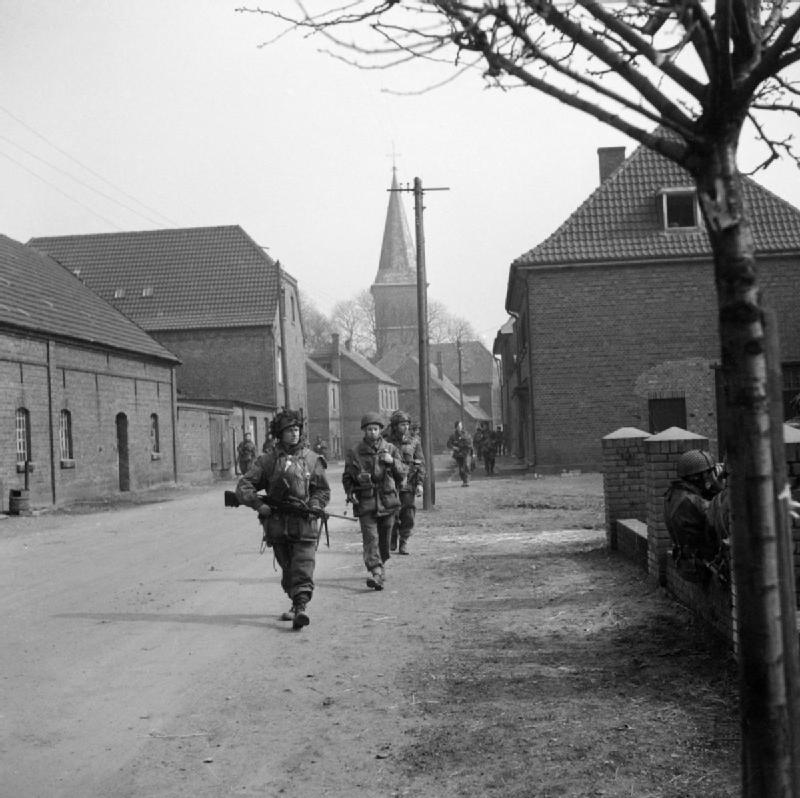
Operation Varsity was considered a resounding success by contemporary historians and commentators, and probably went a long way towards rehabilitating the reputation of Montgomery after the failure of Market-Garden. Praise was also heaped on the airborne forces for their accomplishments; General Eisenhower said it was “the most successful airborne operation carried out to date”, and Major General Ridgway wrote that the operation had been flawless, and that the two airborne divisions involved had destroyed enemy defences that might otherwise have taken days to reduce.
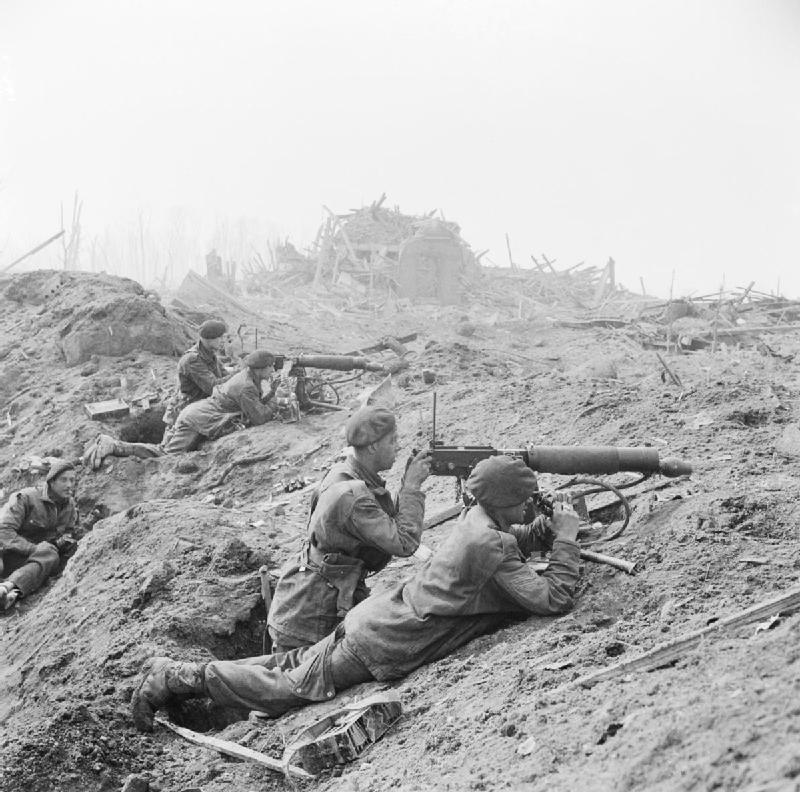
Ironically, on the 23rd of March, General Patton’s ground forces captured the bridge at Remagen, and thus the bragging rights of being the first commander to get across the Rhine.
